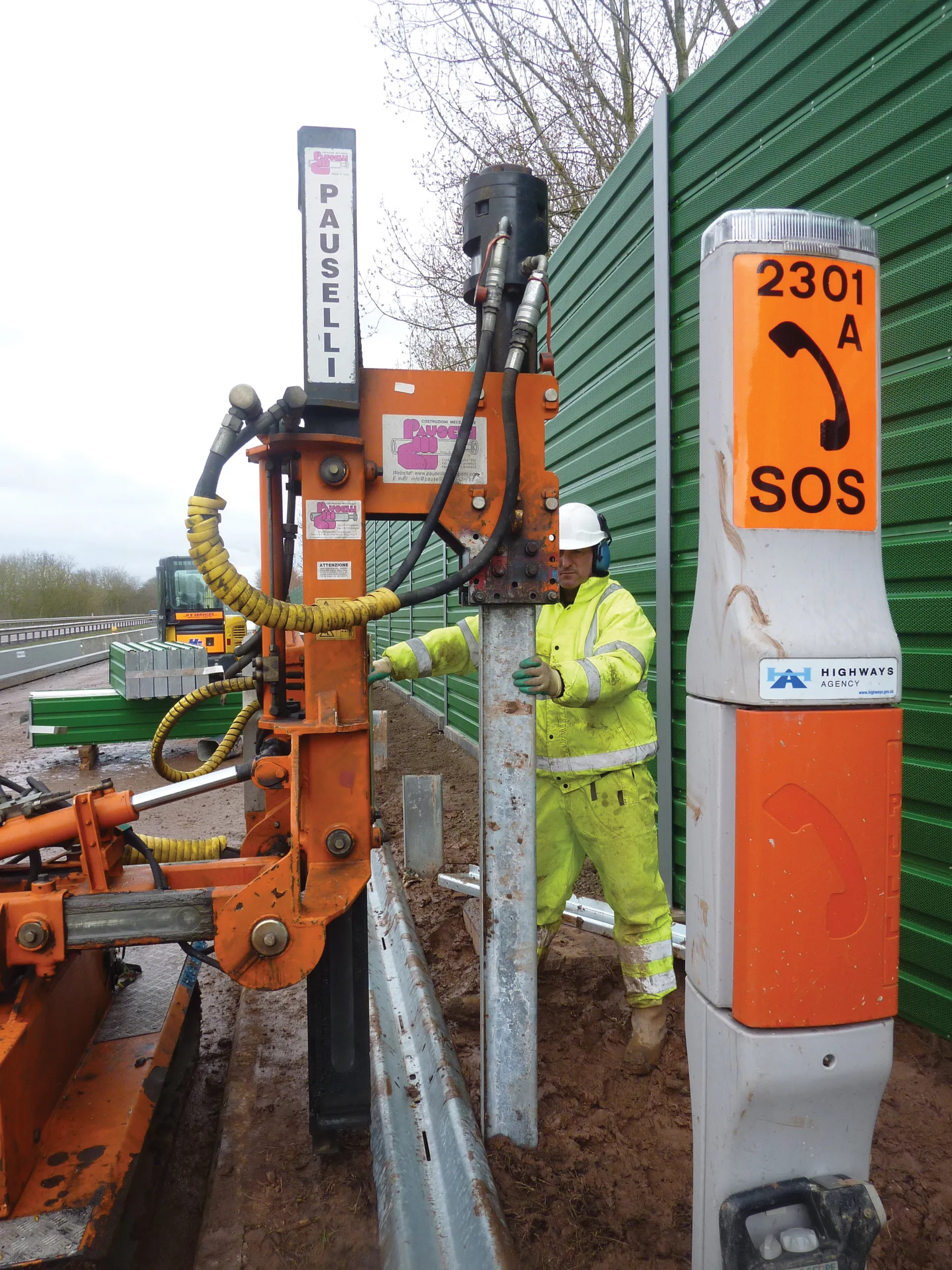Temporary transition solutions for roadworks areas improve safety for personnel and drivers. A new temporary transition barrier system has been put to use successfully on the M1 motorway in the UK. Initial trials on the M1 have highlighted the potential cost savings and improved safety for road construction personnel and drivers on the approach to highway maintenance works. A spokesperson for BAM, Nuttall Morgan Sindall Joint Venture on the M1, junctions 39 to 42, said that the use of Asset Safe Taper syst
December 3, 2013
Read time: 2 mins

RSSTemporary transition solutions for roadworks areas improve safety for personnel and drivers
A new temporary transition barrier system has been put to use successfully on the M1 motorway in the UK. Initial trials on the M1 have highlighted the potential cost savings and improved safety for road construction personnel and drivers on the approach to highway maintenance works.
A spokesperson for7456 BAM, Nuttall Morgan Sindall Joint Venture on the M1, junctions 39 to 42, said that the use of Asset Safe Taper system on the project has made a major contribution to road safety. The joint venture partners are keen to benefit from previous gains in this sector and further improve safety for road construction personnel with regard to live traffic.
Bam, Nuttall Morgan Sindall says that it is continuing to work with7537 Asset International VRS, part of the Hill and Smith Group, to develop the Varioguard system for use in chicane or taper areas. The temporary vehicle restraint systems from Asset International are able to be fitted with lighting to improve safety at night. And the products also have alternate red and white covers across the top beam, which boost conspicuity when the barriers are used in chicane zones. The trial on the M1 has shown improved road worker safety by removing the high risk and high cost element of maintaining coned tapers and signage at the entrance to works.RSS
A new temporary transition barrier system has been put to use successfully on the M1 motorway in the UK. Initial trials on the M1 have highlighted the potential cost savings and improved safety for road construction personnel and drivers on the approach to highway maintenance works.
A spokesperson for
Bam, Nuttall Morgan Sindall says that it is continuing to work with









